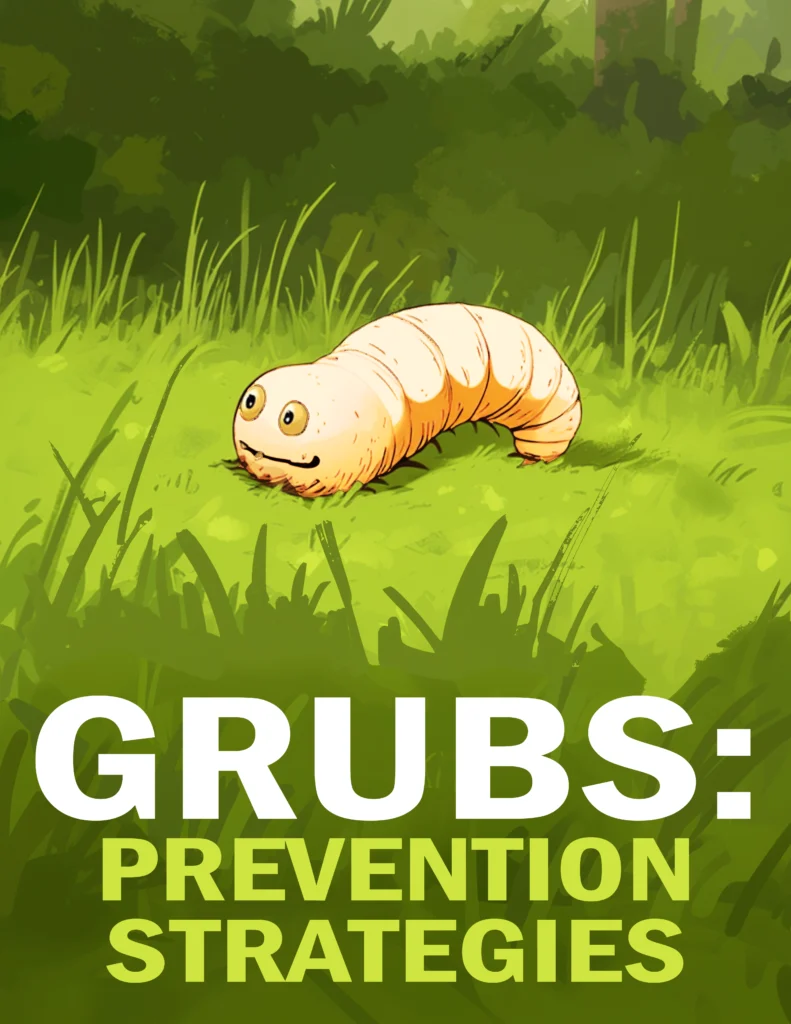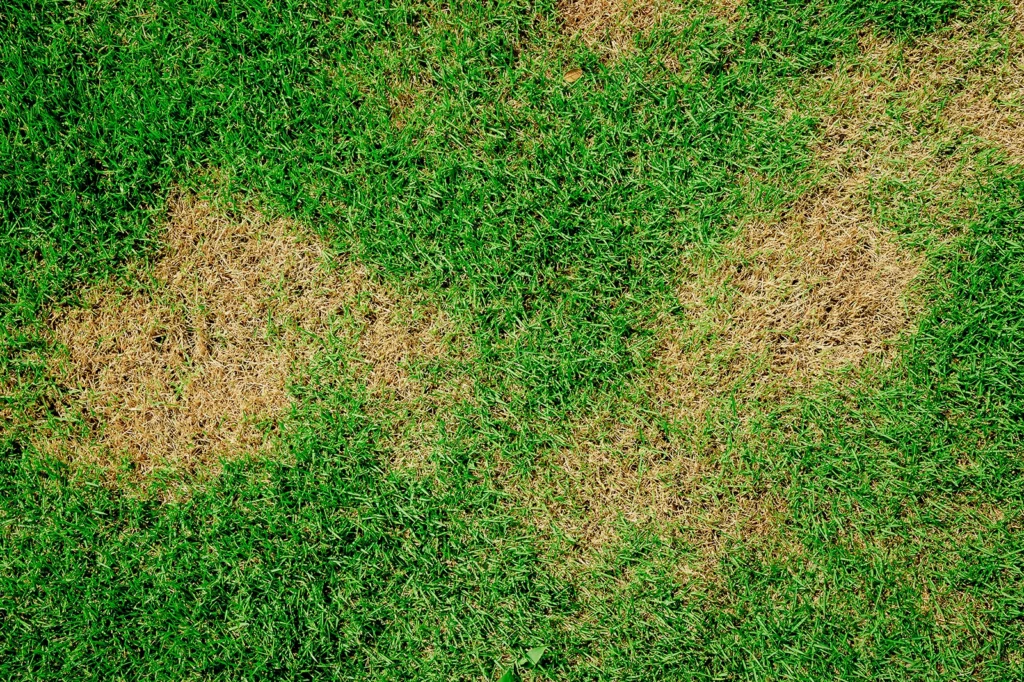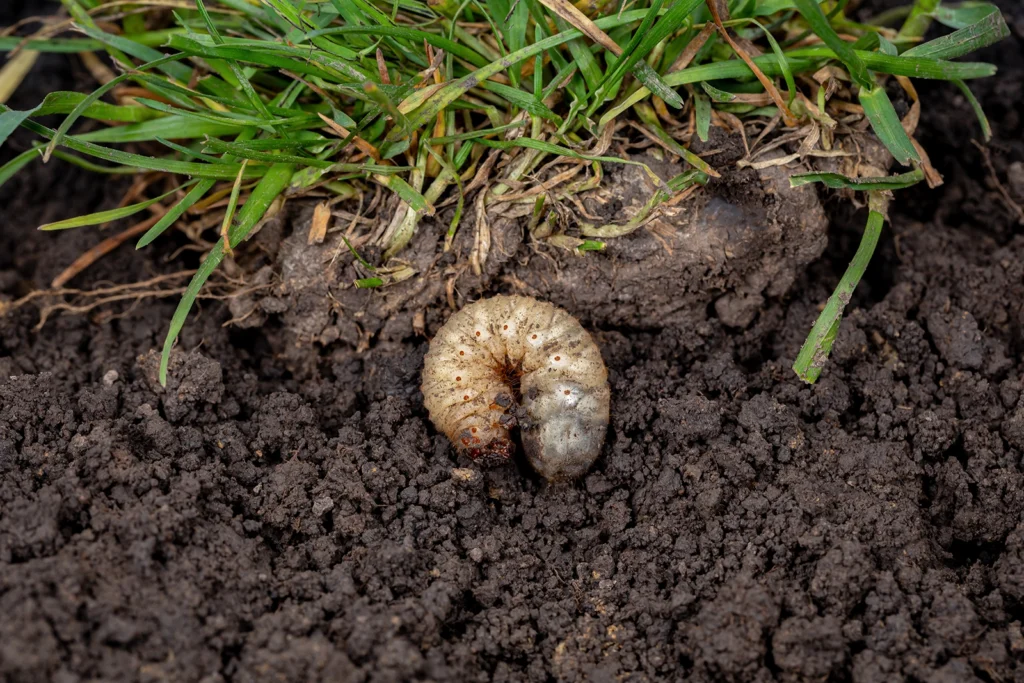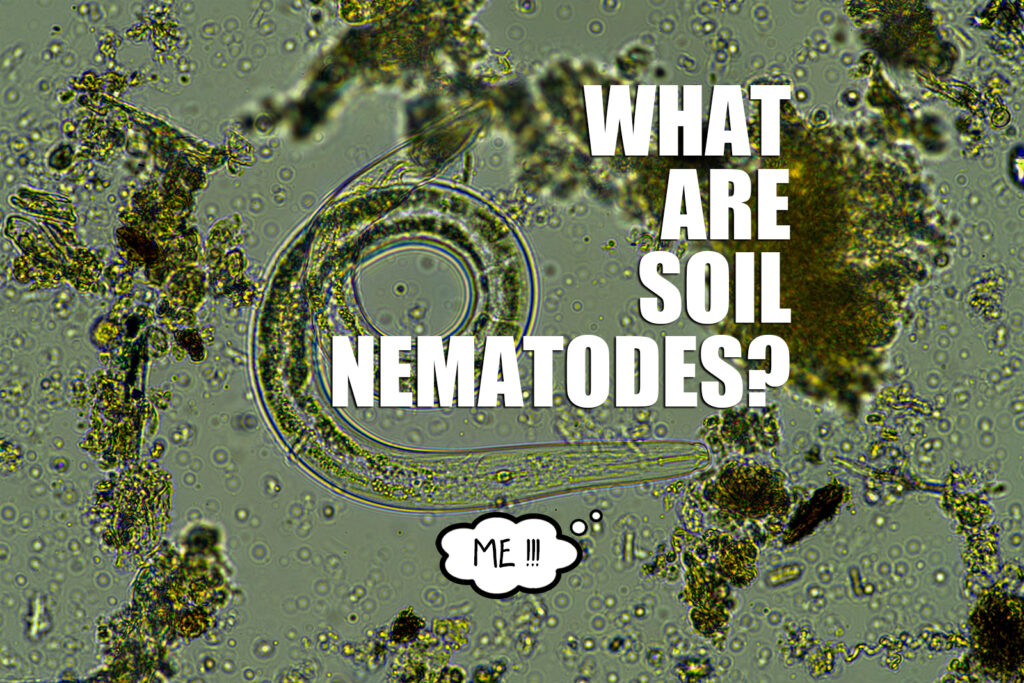
Preventative Strategies: Protect Your Lawn from Grubs
Maintaining a lush, vibrant lawn isn’t just about regular mowing and watering. If you’re not vigilant, grubs can undermine your efforts and cause damage.
But don’t worry! This guide will walk you through the best preventative strategies to protect your lawn from these unwelcome pests.
Understanding the Threat of Grubs
Grubs are the larval stage of beetles and, despite their unassuming appearance, they can be quite destructive. They feed on the roots of grass and plants, creating weak spots in your lawn that can quickly turn into brown patches.
The types of grubs commonly found in Central California include the Japanese beetle and the southern masked chafer. Their activity typically peaks during the warmer months, especially from late summer to early fall.
But how can you spot them before they wreak havoc on your lawn?
Identifying Grub Infestations Early
One of the most effective ways to prevent grubs is to catch them early. Regularly inspecting your lawn for signs of infestation can make a significant difference. Look for patches of grass that feel spongy underfoot or areas where the grass is thinning. Pull back the grass to examine the soil; if you find more than a few grubs per square foot, you might be dealing with a serious problem. Remember, early detection is key when it comes to protecting your lawn from grubs.
Maintaining Healthy Soil
Healthy soil is less inviting to grubs. By ensuring your lawn has the right nutrients and pH levels, you can create an environment that’s less conducive to grub activity. Test your soil periodically to check for imbalances. A balanced soil pH—ideally between 6.0 and 7.0—can help keep grubs at bay. Additionally, consider incorporating organic matter like compost to improve soil health and resilience. Healthy soil supports a robust root system that can withstand the damage caused by grubs.
Choosing the Right Grass Varieties
Not all grass types are equally susceptible to grub damage. Some varieties are more resistant and can better tolerate the stress caused by grub feeding. In Central California, cool-season grasses such as fescue or ryegrass often fare better against pests compared to warm-season varieties. By planting more resistant varieties, you can give your lawn a better chance of thriving despite grub threats.
Implementing Proper Lawn Care Techniques
Adopting a comprehensive lawn care routine is crucial in preventing grubs. Regular mowing at the correct height can help maintain a healthy lawn that’s less likely to attract pests. Avoid cutting more than one-third of the grass height at a time, as this can stress the lawn and make it more vulnerable. Additionally, proper watering practices are essential. Overwatering can create ideal conditions for grubs, while deep, infrequent watering encourages a strong root system..
Using Beneficial Nematodes
Beneficial nematodes are microscopic worms that prey on grubs and other soil-dwelling pests. These natural predators can be an effective tool in your grub prevention arsenal. Apply nematodes to your lawn during the late summer or early fall when grubs are most active. They will seek out and kill grubs, helping to reduce their numbers before they can cause significant damage. It’s a safe and environmentally friendly method to keep grubs in check.
Applying Preventative Treatments
In some cases, using chemical treatments may be necessary to prevent grubs. Products containing imidacloprid or chlorantraniliprole can be effective if applied according to label instructions. Timing is critical; apply these treatments in late spring to early summer, before the grubs hatch. This approach will help to control the grub population before they become a significant problem. Always follow safety guidelines and consider the impact on beneficial insects and the environment.
Do You Have a Grub Problem?











